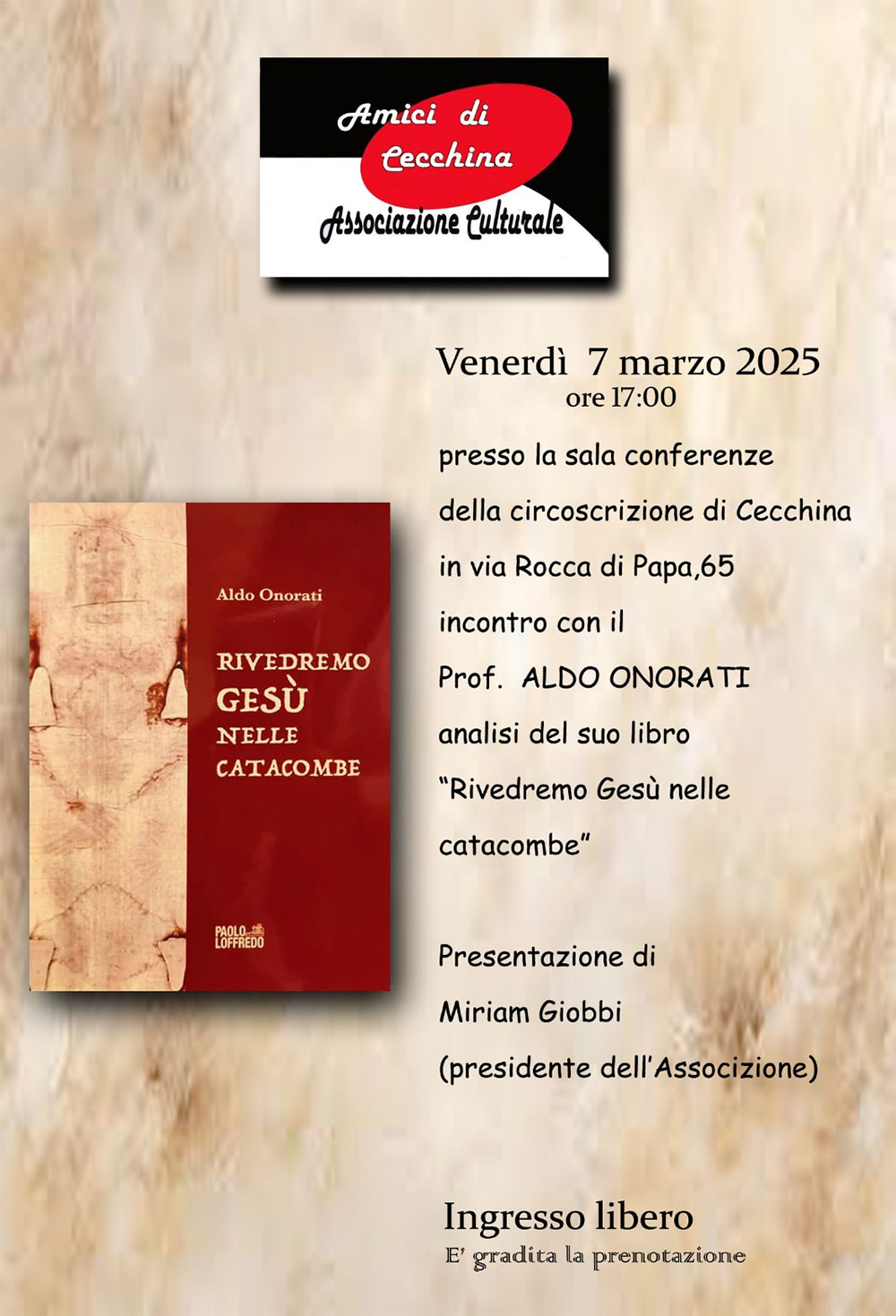 Paolo Loffredo, sixth generation of a large family of publishers and booksellers engaged in the production and distribution of books since the late nineteenth century, creates in 2012 the new editorial company Paolo Loffredo Editore. The historical site was until the '80s in the heart of the historic centre of Naples in Via San Biagio dei Librai, lower Decumano and also known as the SpaccaNapoli.
Paolo Loffredo, sixth generation of a large family of publishers and booksellers engaged in the production and distribution of books since the late nineteenth century, creates in 2012 the new editorial company Paolo Loffredo Editore. The historical site was until the '80s in the heart of the historic centre of Naples in Via San Biagio dei Librai, lower Decumano and also known as the SpaccaNapoli.
At the beginning of the twentieth century, Giuseppe Loffredo decided to add book selling to the book production, which definitively imposed itself after World War II with the publication of manuals for the University and for the School that succeeded in establishing themselves soon throughout Italy.
LAST EVENT
"Rivedremo Gesù nelle catacombe"
07 Marzo 2025 - Sala Conferenze circoscrizione di Cecchina - via Rocca di Papa 65, Albano Laziale (RM) - ore 17,00

La tradizione delle rime di Sannazaro e altri saggi sul cinquecento
ISSN 2283-4281
Language: Italian
Publisher: Paolo Loffredo Editore Srl

Description
Book preview
Review by "Giornale Storico della letteratura Italiana"
La tradizione delle rime di Sannazaro e altri saggi sul cinquecento
As the previous ones, this volume offers the results of researches mostly focused on the protagonists of Neapolitan literal history between the Aragonese kingdom, with Don Pedro de Toledo as a viceroy. Despite not being the capital city, Naples is still a crossroads of theoretical elaborations and literal experiences, in a profitabòe exchange between the glorious humanistic tradition founded by Pontano and Sannazzaro, with the rich side of academics of old and new generation, and the progressive advance of vernacular literature, both capable of keeping dialogue with Italy and Europe open. From the rhymes of Sannazzaro, to whose tradition is paid particular attention, to those of Di Costanzo, the chapters move from the revisiting of handwritten and printed traditions, checking consolidated critical reports and proposing new interpretative hypotheses, with the recovery of submerged biographies or elusive identities.



